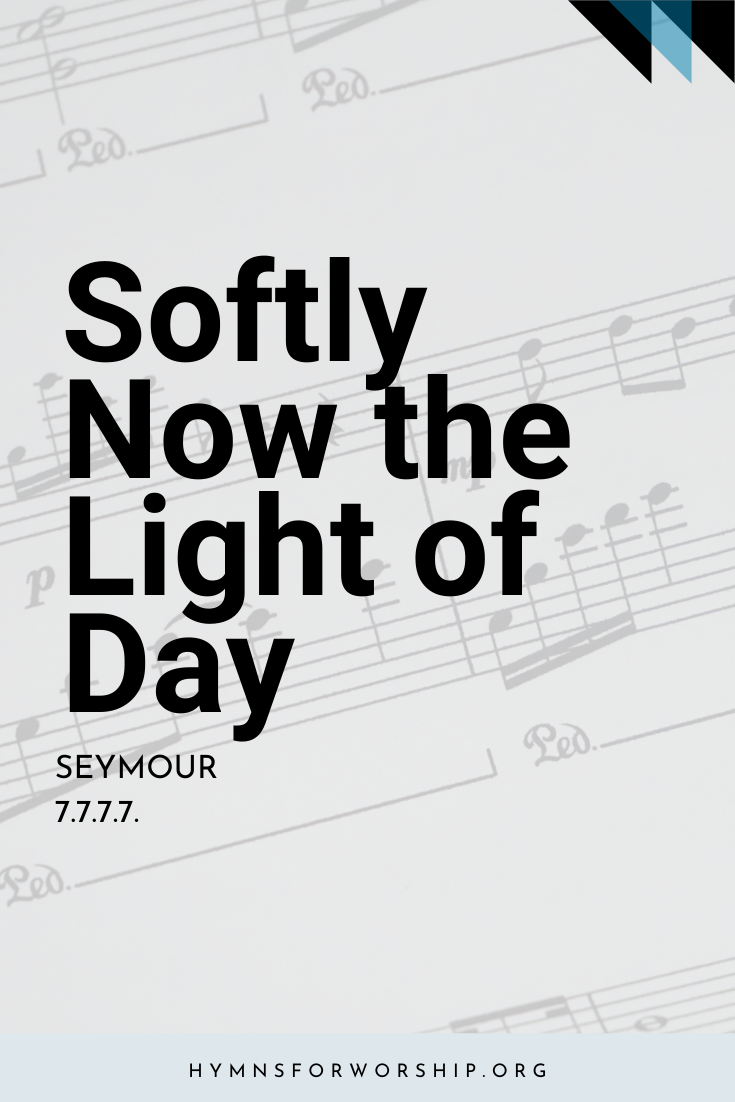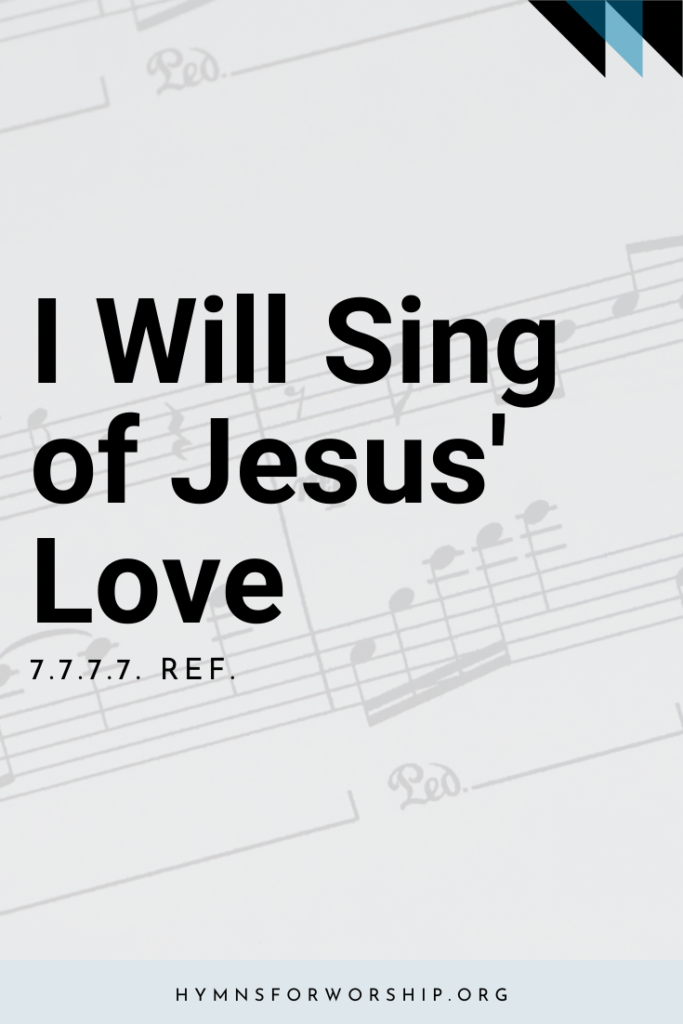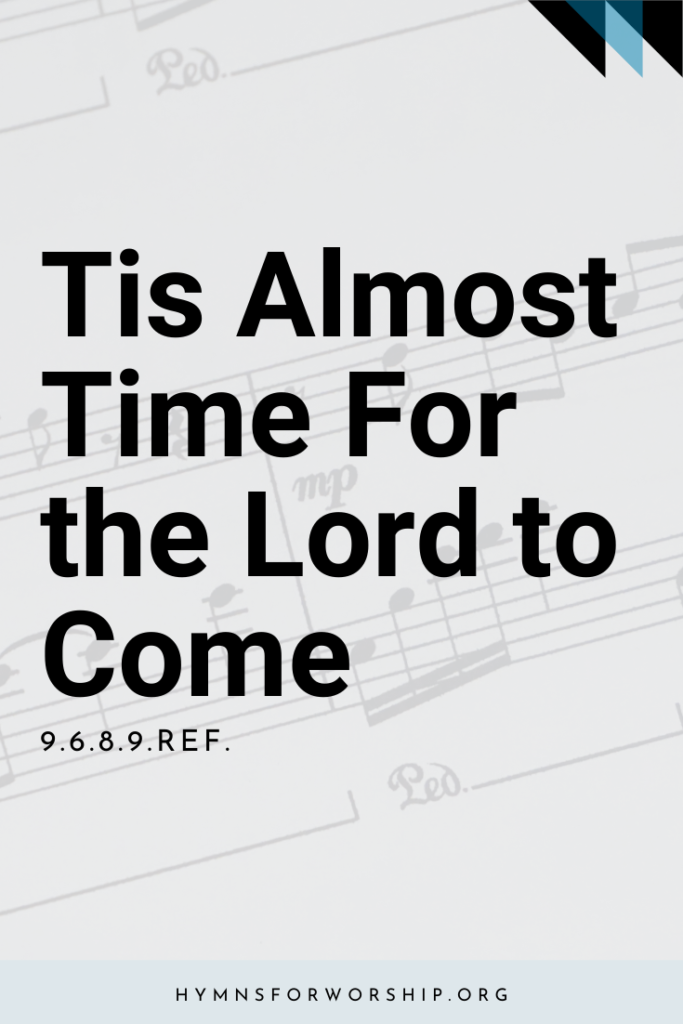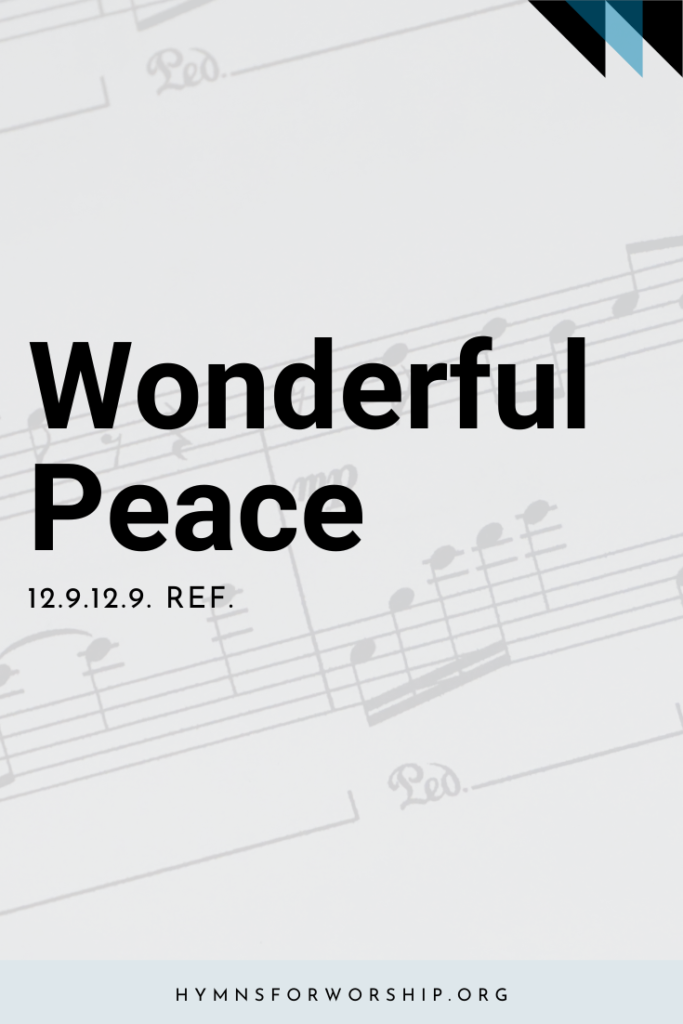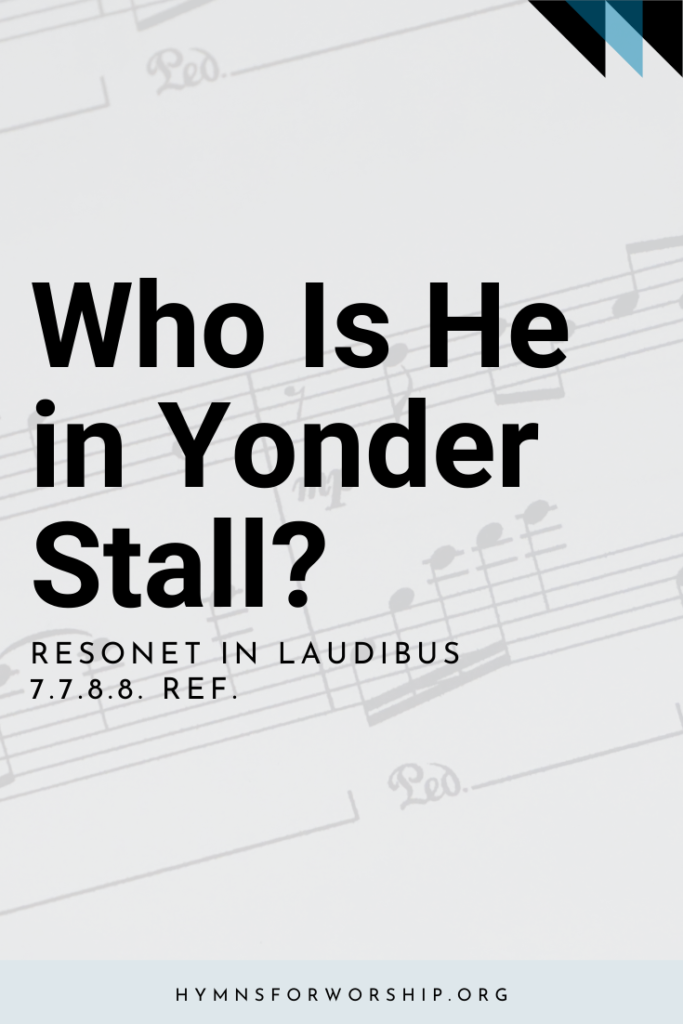WORSHIP >> EVENING WORSHIP
SDAH 48
Softly now the light of day
Fades upon out sight away:
Free from care, from labor free,
Lord, we would commune with Thee.
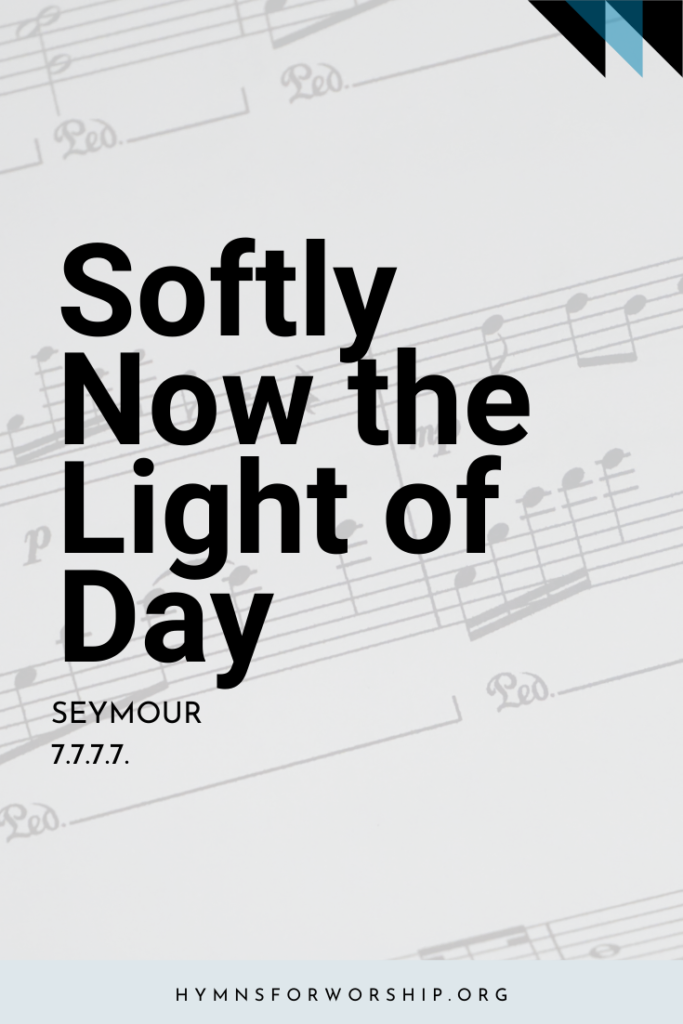
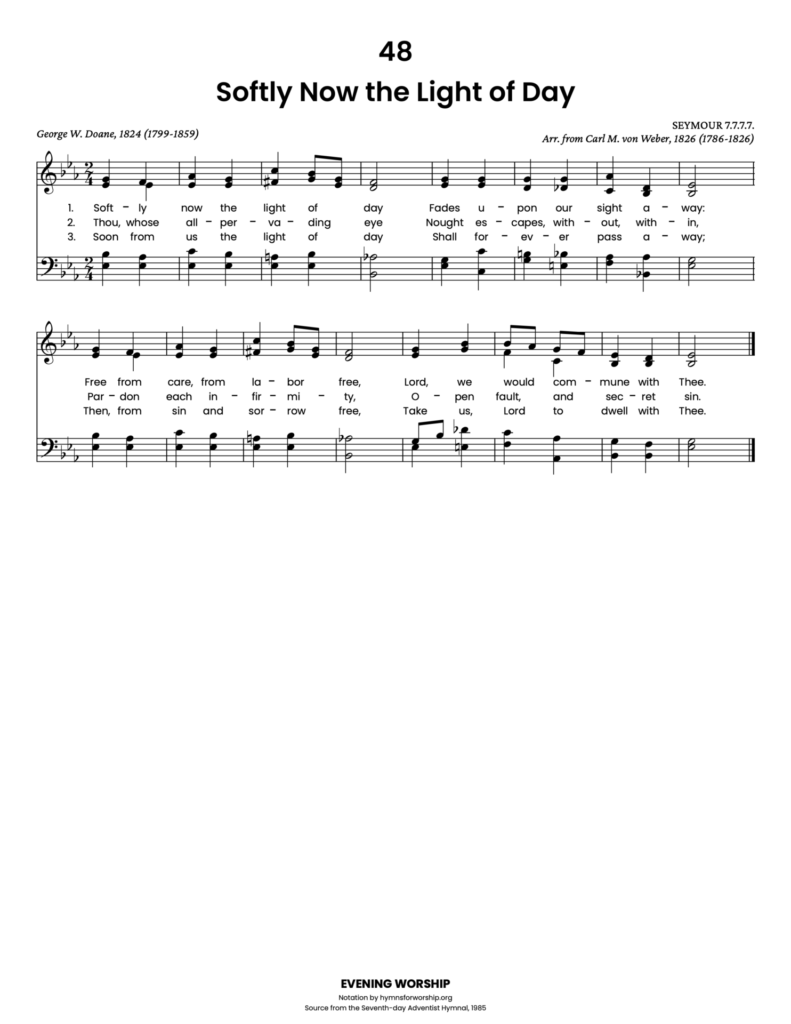
Get the hymn sheet in other keys here
For Worship Leaders
Make each hymn more meaningful with these helpful tools: Short, ready-to-use hymn introductions for church bulletins, multiple ways to introduce a hymn based on your worship theme and in-depth history and insights to enrich your song service.
Hymn Spotlight: Softly Now the Light of Day
As evening falls, this gentle hymn invites us to reflect on the day and rest in God’s care. Written in 1824 by George Washington Doane (1799–1859), it was originally titled “Evening” and included an additional stanza. Doane, a bishop and educator, had a passion for missions and Christian education, founding St. Mary’s Hall and Burlington Collegein New Jersey.
The tune SEYMOUR, adapted from Carl Maria von Weber’s opera Oberon, was arranged by Henry William Greatorex (1813–1858). It was named after a bass singer in his choir—a small but lasting tribute to a fellow musician.
As we sing this prayerful evening hymn, may it remind us to entrust our lives into God’s hands as we close the day in peace.


Text
1
Softly now the light of day
Fades upon out sight away:
Free from care, from labor free,
Lord, we would commune with Thee.
2
Thou, whose all-pervading eye
Nought escapes, without, within,
Pardon each infirmity,
Open fault, and secret sin.
3
Soon from us the light of day
Shall forever pass away;
Then, from sin and sorrow free,
Take us, Lord, to dwell with Thee.

Hymn Info
Biblical Reference
(a) Ps 141:2 (b) Ps 19:12
Author
George W. Doane (1799-1859)
Year Published
1824
Hymn Tune
SEYMOUR
Metrical Number
7.7.7.7.
Arranged from
Carl M. von Weber (1786-1826)
Year Composed
1826
Theme
EVENING WORSHIP
Recommended Reading
The general idea when it comes to hymns is that there is a close bond between the author and the composer. That the author writes a hymn and the composer invents a tune to suit it, and then provides the harmony to accompany the tune. However, such wasn’t always the case.
Many hymns actually worked vice versa wherein authors would write verses according to existing tunes. Hundreds of hymns are sung from borrowed tunes, such as secular songs, chants, and even classical works. That being said, I went ahead and researched which hymns in the SDA Hymnal were originally classical works.


